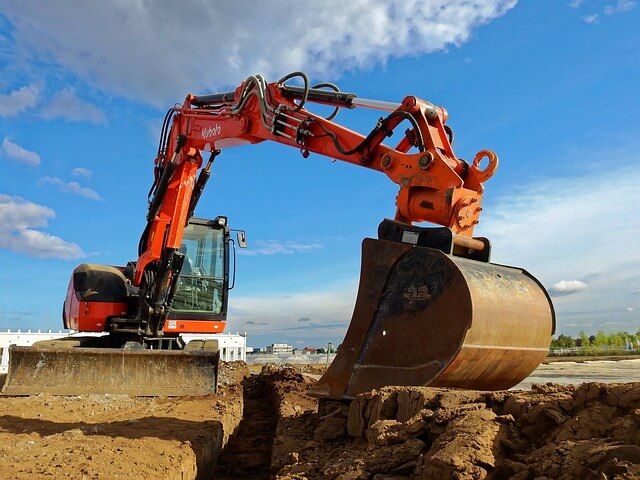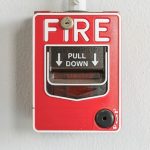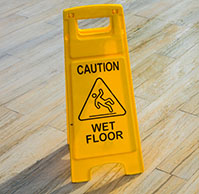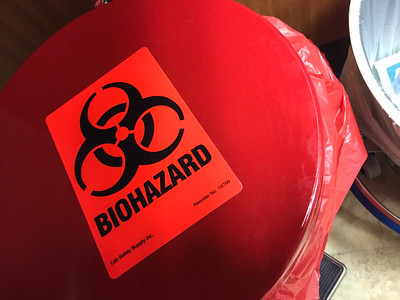How to Prevent Accidents in the Workplace

Workplace safety is an essential consideration for both employers and employees. According to the US Bureau of Labor Statistics, fatal work injuries increased by 8.9% in 2021, with a total of 5,190 deaths. This number does not include deaths due to occupational diseases or illnesses. Implementing simple Occupational Safety and Health Administration (OSHA) regulations can help reduce the risk of accidents in the workplace, save costs associated with filing claims, and prevent liability. Here are some tips on creating a safe working environment for all employees in various settings.
Reviewing and Implementing OSHA Standards
In 1970, the Occupational Safety and Health Act was passed to enforce that employers provide their workers with safe conditions while at work. The act requires employers to provide their employees with a place of employment free from recognized hazards that could cause death or serious physical harm. Employers must also comply with standards set by OSHA when it comes to providing safety equipment, training programs, hazard communication plans, medical exams, recordkeeping requirements, etc. Employers need to review these standards periodically and implement them accordingly so that their workers remain safe while on the job.

Fire alarms and extinguishers should be functional in strategic locations throughout the office space in case of fire emergencies.
Below are a few recommendations set forth by the OSHA certified biohazard cleanup company National Crime Scene Cleanup to help prevent workplace accidents.
Office Standards
In office settings, there should be clear pathways throughout the workspace so that employees do not trip over cords or other objects that may be lying around. All electrical outlets should be appropriately covered so no one gets shocked if they come into contact with them accidentally.
Employees should also receive proper training on how to use fire extinguishers if needed. Additionally, ergonomic furniture such as adjustable chairs and desks should be provided so that employees can maintain good posture while working long periods at their desks without straining their backs or necks.
Additional Warehouse Safety Standards

Wearing PPE such as a hard hat and reflective vest while operating machinery in a warehouse workplace helps decrease injury claims as a result of negligence.
Warehouse settings present unique challenges when it comes to preventing accidents since there is often heavy machinery involved as well as hazardous materials such as chemicals or combustible liquids which require special handling procedures. All workers should receive proper training on how to operate any machinery safely they may come into contact with during their shifts, as well as how to properly handle hazardous materials according to OSHA guidelines.
Proper protective gear such as hard hats, gloves, goggles, and steel-toe boots should also be provided for all warehouse workers to protect them from potential hazards while on the job. Forklifts should always have an operator trained on their use before being allowed onto the warehouse floor for operation purposes.
Implementing Safety Precautions in Retail Stores
In retail stores, it is essential for customers and staff alike to feel safe while shopping or working within the store’s premises. Store owners should provide adequate lighting throughout the store to ensure that customers can easily find what they are looking for. Adequate lighting levels are essential for the smooth operation of a store and can prevent issues caused by insufficient lighting. This allows staff members to direct customers appropriately without any complications coming from poor visibility within the business.
Adequate lighting, in conjunction with ensuring wet or slippery floors are marked and cleaned, greatly reduces slip and fall accidents and increases patron confidence.

Marking any wet area of your store eliminates liability and boosts patron safety by helping decrease the risk of slip and fall accidents.
Additionally, store owners should ensure all shelves, racks, displays, etc., are secure enough so that items do not fall off of them onto unsuspecting customers below. Lastly, store owners must ensure floors are kept clean at all times, so customers do not slip or trip while walking through its premises. Store owners need to consider this when setting up and maintaining their stores to provide the best possible experience for their customers.
Reducing Farm Hazards
On farms, many potential hazards need addressing, such as dangerous animals, sharp tools, unstable structures, etc., which could lead to serious injury if not handled correctly. To prevent these types of accidents, farmers need to ensure all farm equipment is regularly serviced & maintained correctly according to the manufacturer’s instructions & only used by those who have been trained & certified to do so safely.
Farmers must take appropriate measures to protect themselves & others when dealing with dangerous animals, such as using suitable fencing & enclosures to keep them away from humans. Furthermore, farmers must always wear protective clothing when handling sharp tools & other potentially hazardous materials.
Eliminating Fatal Injuries at Construction Sites
Construction sites present numerous potential hazards, such as fallen debris, unstable structures, exposed wires and cables, and so on, which can result in significant damage if not appropriately managed. To avoid these types of accidents, construction companies must guarantee that all staff wears suitable protective apparel, such as hard hats and steel-toe boots, at all times while on the job.
Construction companies must take appropriate measures to protect personnel from falling objects by ensuring scaffolding is erected correctly & securely before any work begins above ground level. They must also ensure any exposed wiring & cables are clearly marked out using warning signs & barriers to alert personnel of potential dangers ahead.
Furthermore, construction workers should be trained to handle and operate dangerous machinery.
Always Enforce Laboratory Safety Procedures
Laboratories present many potential hazards, including chemical spills, exposure to hazardous substances, electrical shocks/ fires caused by faulty equipment/ wiring, etc., which could lead to serious injury if not addressed correctly. To prevent these types of accidents, laboratory managers must ensure all personnel wears appropriate protective clothing, including lab coats, safety glasses/goggles & gloves when handling chemicals / other hazardous substances at all times while inside laboratory premises.
Laboratory managers must also take appropriate measures to protect personnel from chemical spills by ensuring chemical containers are labeled correctly & stored away safely out of reach of unauthorized personnel. Furthermore, laboratory managers must ensure any faulty equipment/ wiring is reported immediately to maintenance staff, who can then take corrective action before anyone gets hurt due to negligence of duty of care towards maintaining laboratory safety standards set out by OSHA regulations.
Following Procedures is Key
Workplace safety is essential for both employers and employees; however, it takes effort from both parties to prevent accidents from happening in various workplace settings across different industries worldwide today. Following basic OSHA regulations regarding adequate safety equipment and training programs tailored towards each workplace setting helps reduce workplace accident risks significantly. Reducing workplace accidents helps save costs related to filing worker’s comp claims by preventing liabilities arising due to negligence of duty of care towards maintaining workplace safety standards set out by OSHA regulations today.
Part of following OSHA procedures is that if an accident does happen in the workplace, it’s important to have trained professionals take care of the resulting damages immediately. NCSC can assist with workplace accidents of all situations and sizes.
Sources:




